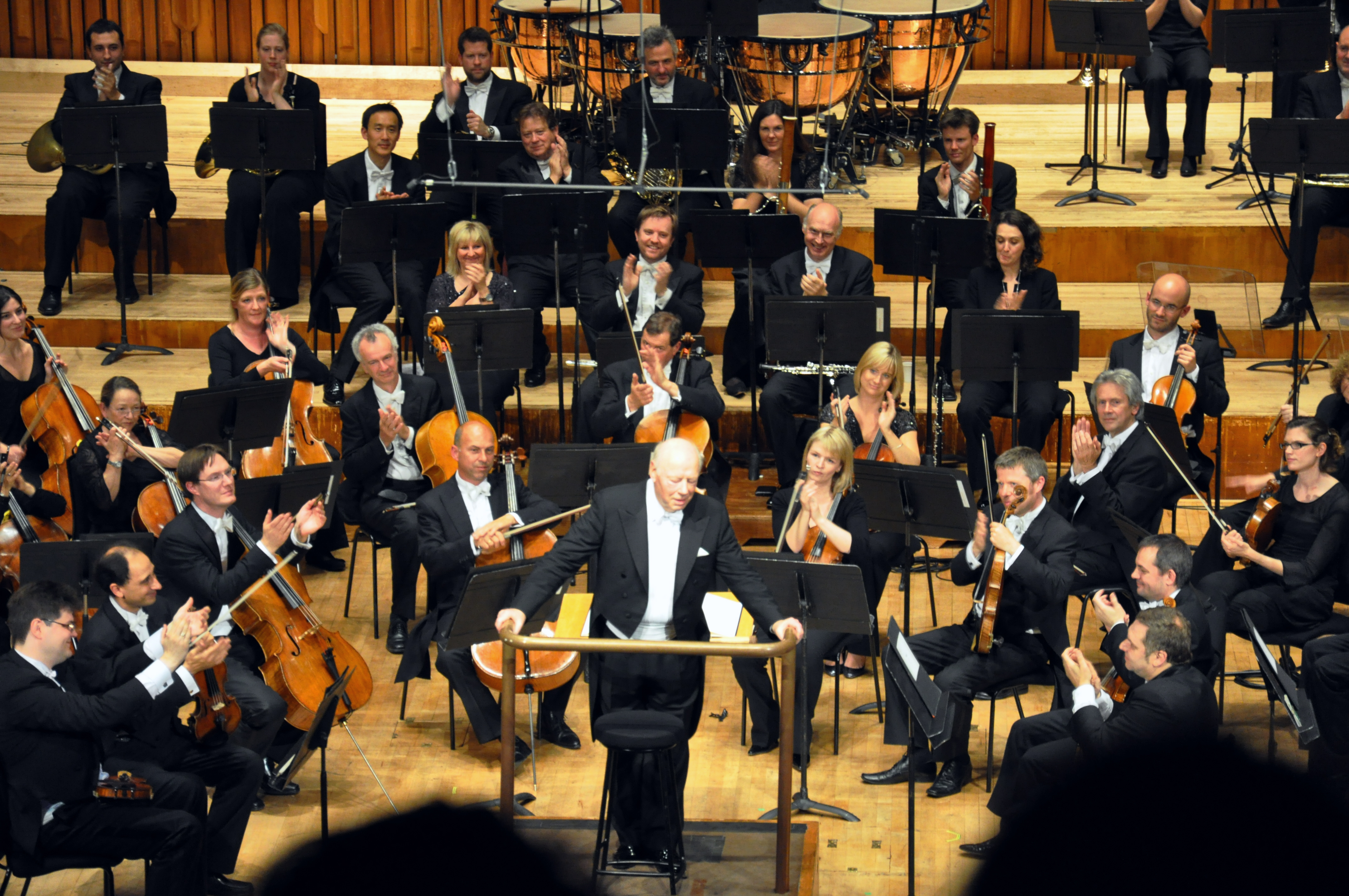|
Symphony No. 7 (Villa-Lobos)
Symphony No. 7, ''Odisséia da paz'' (Peace Odyssey) is a composition by the Brazilian composer Heitor Villa-Lobos, written in 1945. A performance lasts about 30 minutes. History Villa-Lobos composed his Seventh Symphony in Rio de Janeiro in 1945 for a competition in Detroit. As required by the rules of the competition, it was submitted anonymously, using the pseudonym A. Caramurú. It was not awarded a prize in the competition. It was first performed in London on 27 March 1949 by the London Symphony Orchestra, conducted by the composer. The symphony, written shortly after the surrender of Germany on 7 May 1945, is subtitled "Odisséia da paz" (Peace Odyssey). The second edition of the official Villa-Lobos catalogue, however, at one place gives "Odisséia de uma raça" (the title of an unrelated symphonic poem from 1953), together with a short programmatic description: Instrumentation The symphony is written for an orchestra consisting of 2 piccolos, 3 flutes, 3 oboes, cor angla ... [...More Info...] [...Related Items...] OR: [Wikipedia] [Google] [Baidu] |
Heitor Villa-Lobos
Heitor Villa-Lobos (March 5, 1887November 17, 1959) was a Brazilian composer, conductor, cellist, and classical guitarist described as "the single most significant creative figure in 20th-century Brazilian art music". Villa-Lobos has become the best-known South American composer of all time. A prolific composer, he wrote numerous orchestral, chamber, instrumental and vocal works, totaling over 2000 works by his death in 1959. His music was influenced by both Brazilian folk music and stylistic elements from the European classical tradition, as exemplified by his ''Bachianas Brasileiras'' (Brazilian Bachian-pieces) and his Chôros. His Etudes for classical guitar (1929) were dedicated to Andrés Segovia, while his ''5 Preludes'' (1940) were dedicated to his spouse Arminda Neves d'Almeida, a.k.a. "Mindinha". Both are important works in the classical guitar repertory. Biography Youth and exploration Villa-Lobos was born in Rio de Janeiro. His father, Raúl, was a civil servant, an ... [...More Info...] [...Related Items...] OR: [Wikipedia] [Google] [Baidu] |
London Symphony Orchestra
The London Symphony Orchestra (LSO) is a British symphony orchestra based in London. Founded in 1904, the LSO is the oldest of London's orchestras, symphony orchestras. The LSO was created by a group of players who left Henry Wood's Queen's Hall Orchestra because of a new rule requiring players to give the orchestra their exclusive services. The LSO itself later introduced a similar rule for its members. From the outset the LSO was organised on co-operative lines, with all players sharing the profits at the end of each season. This practice continued for the orchestra's first four decades. The LSO underwent periods of eclipse in the 1930s and 1950s when it was regarded as inferior in quality to new London orchestras, to which it lost players and bookings: the BBC Symphony Orchestra and the London Philharmonic Orchestra in the 1930s and the Philharmonia Orchestra, Philharmonia and Royal Philharmonic Orchestra, Royal Philharmonic after the Second World War. The profit-sharing ... [...More Info...] [...Related Items...] OR: [Wikipedia] [Google] [Baidu] |
Novachord
The Novachord is an electronic musical instrument often considered the world's first commercial polyphonic synthesizer. All-electronic, incorporating many circuit and control elements found in modern synthesizers, and using subtractive synthesis to generate tones, it was designed by John M. Hanert, Laurens Hammond and C. N. Williams, and was manufactured by the Hammond company. Only 1,069 Novachords were built over a period from 1939 to 1942. It was one of very few electronic products released by Hammond that was not intended to emulate the sound of an organ. History of production While production of the Novachord began in November 1938, it was first heard at the 1939 New York World's Fair. The Novachord Orchestra of Ferde Grofé performed daily at the Ford stand with four Novachords and a Hammond Organ. The first instrument was delivered to President Franklin D. Roosevelt on January 30, 1940 as a birthday present. The Novachord was not well-suited to the technique of organist ... [...More Info...] [...Related Items...] OR: [Wikipedia] [Google] [Baidu] |
Symphonies By Heitor Villa-Lobos
A symphony is an extended musical composition in Western classical music, most often for orchestra. Although the term has had many meanings from its origins in the ancient Greek era, by the late 18th century the word had taken on the meaning common today: a work usually consisting of multiple distinct sections or movements, often four, with the first movement in sonata form. Symphonies are almost always scored for an orchestra consisting of a string section (violin, viola, cello, and double bass), brass, woodwind, and percussion instruments which altogether number about 30 to 100 musicians. Symphonies are notated in a musical score, which contains all the instrument parts. Orchestral musicians play from parts which contain just the notated music for their own instrument. Some symphonies also contain vocal parts (e.g., Beethoven's Ninth Symphony). Etymology and origins The word ''symphony'' is derived from the Greek word (), meaning "agreement or concord of sound", "concert of ... [...More Info...] [...Related Items...] OR: [Wikipedia] [Google] [Baidu] |

